The camera is a powerful instrument for saying to the world, This is the way it is. Look at it.
Dorothea Lange - a photographer who began as a New York portraitist in the late 1920s and under the influence of the crisis, came out with a camera on city streets. She took up photo essay to convey to the audience the paintings that struck her. The style of the photographer - sharp, pointedly contrasting shots, black and white chronicles of life. Born at the end of the 19th century, in 1895, she recorded everything that happened in the country until her death in October 1965.
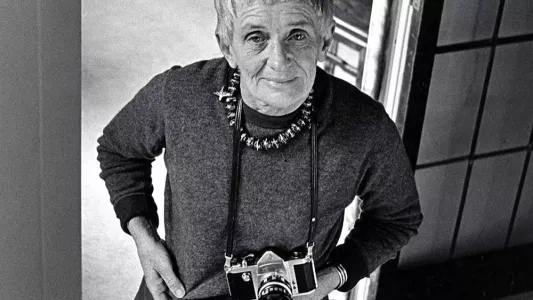
Over the next 10 years she traveled the world, making photographic evidence of the life in countries throughout Asia, notably South Asia, the Middle East, and South America. During the Great Depression, photography, from the category of pure gallery art for a narrow circle of connaisseurs of beauty, became an infinitely powerful information weapon impact on public opinion.
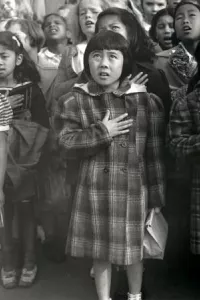
Photography was becoming ever more present in books, newspapers, and magazines. Lange, among many others photographers, was making sense of contemporary circumstances, not only the economic struggle, but also changing in life in general: migration, modernization, growth of cities and industry.
Dorothea Lange was one of those professionals who took change very personally. Perhaps because of that very intimate view, it would be correct to say that Lange was an ideal symbol in the era of growing civilization. Endlessly beautiful in her manifestation of the human spirit, way to grow and the enormous pain endured during those changes of the first half of the twentieth century. Lange, without any evidence of judging was looking at the world through her camera and because of that, she could see people with their dreams, worries and wishes between wealth and poverty, happiness and tragedy.
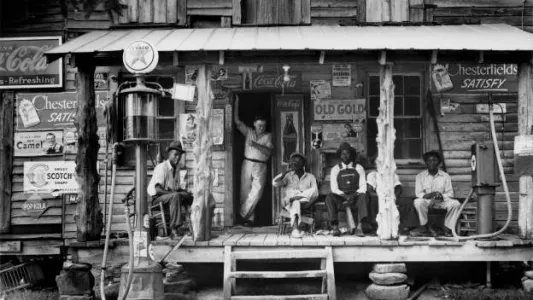
Her works have had an enormous influence on social photographic documentarism as a genre, defining the style of many famous photographers today.
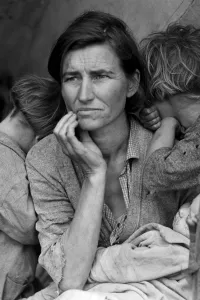
In 1940, Lange became the first woman awarded a Guggenheim fellowship.
In 1952, Lange took part in the founding of the magazine Aperture, and in 1958, despite illness, she and her husband went to photograph in the East. She went to Egypt, Iraq, Pakistan, Thailand, Vietnam, the Philippines, Japan and South America. Dorothea worked for Life and many other reputable publications. Her work was acquired by the New York Museum of Modern Art and is exhibited in famous galleries.
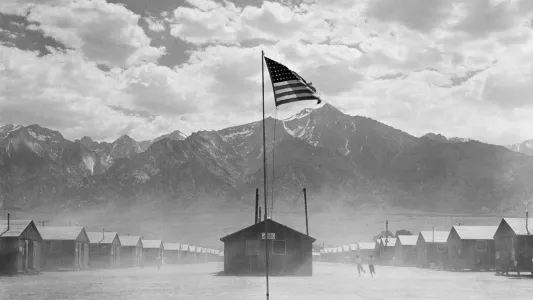
Dorothea Lange was born on May 26, 1895, in Hoboken, New Jersey. Her father, Heinrich Nutzhorn, was a lawyer, and her mother, Johanna, stayed at home to raise Dorothea and her brother, Martin. When she was 7, Dorothea contracted polio, which left her right leg and foot noticeably weakened. Later, however, she’d feel almost appreciative of the effects the illness had on her life. “It was the most important thing that happened to me, and formed me, guided me, instructed me, helped me and humiliated me,” she said. Just before Dorothea reached her teen years, her parents divorced. Her father’s betrayal was one of the most memorable and tragic events in her life that influenced her perception of the world. Dorothea grew to blame the separation on her father and eventually dropped his surname and took her mother’s maiden name, Lange, as her own. Dorothea was married twice in her lifetime and she had two sons.
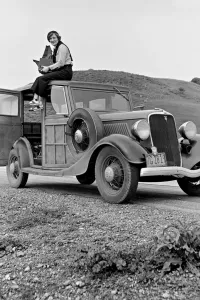
March 15–May 27, 2019 Dorothea Lange: “Politics of Seeing” The exhibition encompasses more than 150 objects, including vintage and modern photographs, letters and a video. The First Art Museum Upper-Level Galleries 919 Broadway, Nashville, Tennessee, 37203




